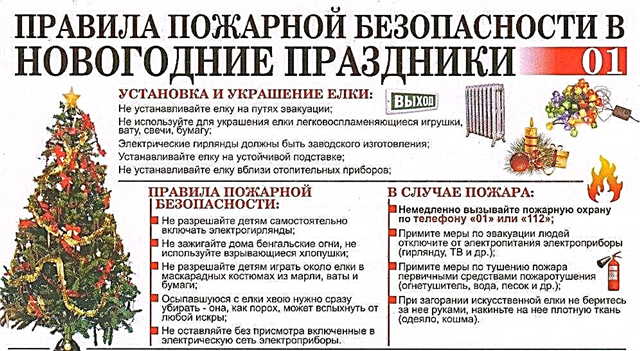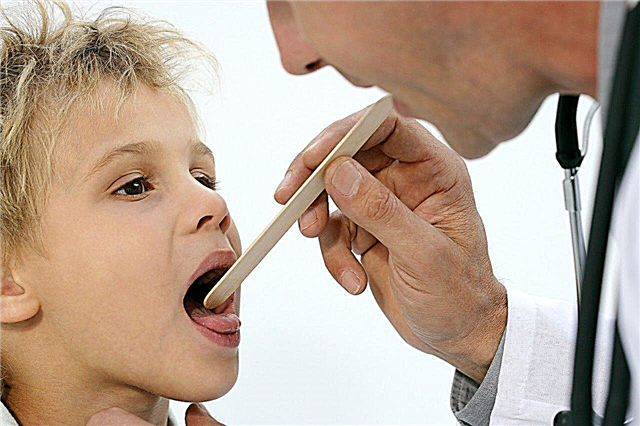
A perennial medicinal plant like mint has been in demand in folk medicine for many decades. Tea with fragrant dried leaves has healing properties and is loved by many adults.

But, when a baby grows up in a family, doubts naturally arise whether mint is possible for children, because such a plant, like any other medicinal herbs, has its contraindications, and if used improperly, the benefits from it can turn into harm. In order not to worry, you need to figure out how mint works on the human body and when you can introduce kids to it.
Beneficial features
Mint is represented by more than 20 varieties, but the most famous is the peppermint, which was obtained by crossing the water and garden varieties. It is most valuable for its features:
- The plant is rich in carotene, essential oils, vitamins C, P, B and A, flavonoids, menthol, tannins, calcium, iron and many other compounds.
- Mint tea has a calming effect and the ability to relieve insomnia. Drinking such a drink helps to cope with worries and stress, reduces nervousness and irritation, and prevents overwork.
- Mint has a beneficial effect on digestion. It helps to eliminate nausea and effectively fights flatulence.
- The use of peppermint will help reduce blood pressure, improve bile secretion and relieve spasms. In addition, the active ingredients in the leaves help relieve coughs.
- The menthol present in the plant (about 5% in the leaves) gives the mint the cooling properties that are in demand in the production of medicines and cosmetics.
- Peppermint has properties to reduce inflammation and relieve itchy skin. Such effects are widely used by dentists and cosmetologists, adding essential oils from such a plant to rinses, toothpastes, creams, tonics and other products.

Harm
- The use of peppermint (and especially its oils) can provoke allergies.
- Excessive ingestion of menthol into the body leads to drowsiness, dizziness, double vision, and breathing problems.
- A large amount of mint provokes heartburn.
- Drinking mint tea is contraindicated in case of low blood pressure, chronic liver and kidney pathologies.
- Drinking this tea from a nursing mother can reduce the production of breast milk.
At what age can children be?
Doctors advise acquainting a child with mint in the form of tea no earlier than at the age of 3. Although many pediatricians do not recommend brewing such a plant until the child is 5 years old. This prohibition is associated with the pronounced calming effect of the leaves.

Sometimes advice can be heard to give a light infusion even to a nursing child, as this will help get rid of bloating and colic. However, the use of mint in children under 3 years old without medical advice can be harmful. It is especially dangerous to give an infusion or a decoction of this plant to children under one year old.
Note that on sale you can find baby teas with a calming effect, including mint leaves. One of them is the Babushkino basket tea, on the packaging of which it is noted that this product is allowed from the age of three months.


However, a 4-month-old baby should not rush to brew such tea to calm it down. At least, without the consent of the pediatrician. The product may cause allergies in the infant or interfere with the infant's heart rate or breathing. After consulting with a doctor and making sure that there are no contraindications, you can start giving such baby tea from 5-6 months.
How should you give it to your child?
- Most often, mint is consumed in the form of hot or chilled drinks. You can brew tea leaves separately or together with other plants, such as chamomile or lemon balm. To prepare mint tea for a child over 5 years old, you need to brew weak black tea by adding a sprig of mint during preparation and leaving the drink to infuse for about 10 minutes.
- In summer, mint leaves can be added to cold cocktails, such as classic lemonade made with still water, sugar and lemon juice. The added dried or fresh twig will change the taste of the drink and make it even more refreshing.
- Mint can be used as a seasoning for main courses. Dried chopped leaves set off the taste of lamb, chicken, zucchini, salmon. The seasoning can be added to salads and a variety of sauces.
- Mint leaves can add zest to desserts. For example, fresh strawberries and chocolate go well with this plant. It can also be added to jam, ice cream, or jelly.
Bath mint for babies
When bathing the baby, decoctions of medicinal herbs are often added to the bath. The most popular are string, calendula and chamomile, but you can also add mint infusion, lavender, and valerian to the water. At the same time, the concentration of herbal decoction should not be high, because plants with medicinal properties are very allergenic.

To prepare the infusion, pour about 4 tablespoons of crushed dry leaves with 0.5 liters of boiling water. After 40 minutes, the liquid can be drained and poured into the bath, remembering to check if the water is too hot. In such a bath, the baby will quickly relax and calm down before bed.
As for bathing with peppermint essential oil, the addition of such an aromatic product to a baby bath is allowed from 1 year old. The dosage for one bathing for a 1-2 year old baby is 1-2 drops, and from 2 years of age - 3 drops. The oil is first dripped onto the baby bath salt, mixed and only then added to the water.


Where to buy and how to prepare?
You can buy dried mint at any pharmacy - both in the form of dried leaves, and as part of medicinal preparations, where motherwort, lemon balm and other plants are present. When buying such a finished product, you should carefully consider the packaging and check the expiration date.
It is advised to collect mint leaves from April to September, preferably before the flowering of the plant. Grass grown independently in a summer cottage or plucked in a place remote from roads and industrial enterprises should be washed under running water, and then dried on paper or cloth. When the leaves are completely dry, fold them into a glass container or paper bag.


You can find out the useful and medicinal properties of mint from the video below.
Find out if your child's weight is normal using the following calculator.



